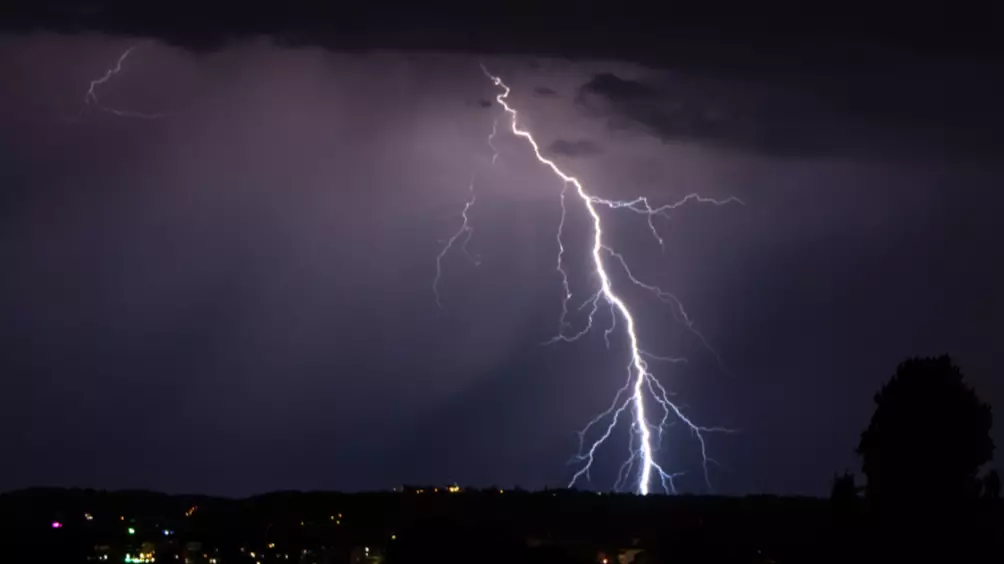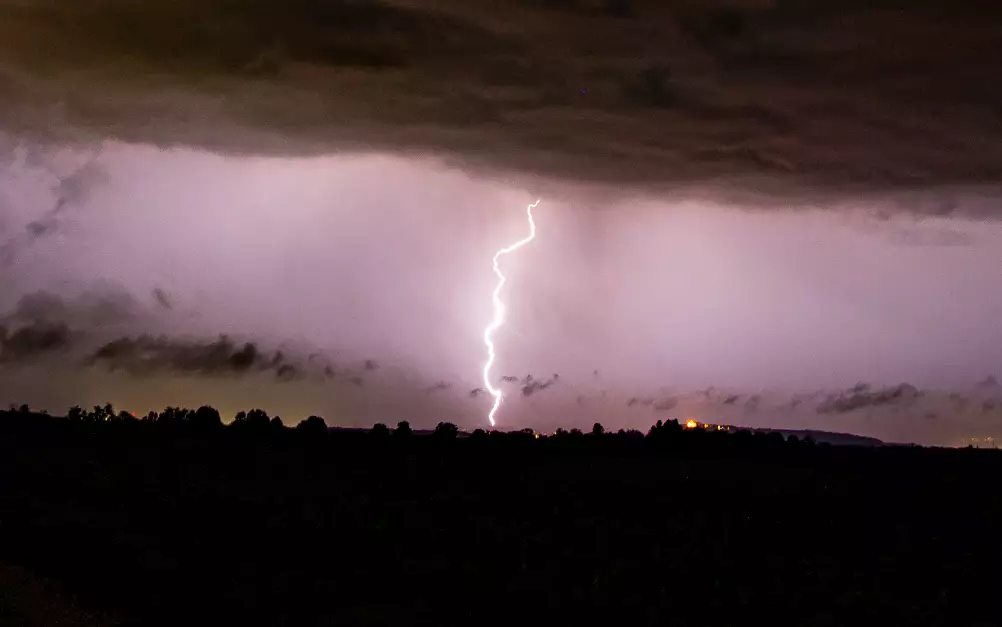
Six people have died while 11 others were seriously injured after lightning struck during a funeral in northern Uganda.
Police say the incident happened on Thursday in the village of Tobi in Pader district, which had been hit by heavy rains.
Local police spokesman Patrick Okema told Deutsche Presse Agentur that the wounded had been admitted to hospital, adding that some were in a 'serious' condition.
Advert
Police Commander Tom Bainomugisha told Xinhua via telephone that the group of people had gathered under a large tree when the lightning struck during a morning downpour.
Bainomugisha said: "The group had spent the night in prayers for a bereaved person when the incident happened."
He also said that lightning is common in the region, with the country's weather department saying last month that this year's rainy season was at its peak.

This, the department said, would mean many parts of the country were likely to face flooding, mudslides and lightning.
Advert
Lightning can be particularly dangerous as it's one of nature's most unpredictable phenomena.
However, researchers at Ecole Polytechnique Fédérale de Lausanne (EPFL) in Switzerland have developed a new way of predicting lightning strikes to the nearest 10 to 30 minutes, and within a radius of 30km.
The innovative system uses a combination of standard meteorological data and artificial intelligence, according to SciTechDaily.
In a research paper published on 8 November in the journal Climate and Atmospheric Science, Amirhossein Mostajabi - the Ph.D. student who came up with the technique - explained: "Current systems are slow and very complex, and they require expensive external data acquired by radar or satellite."
Advert
Mostajab added: "Our method uses data that can be obtained from any weather station.
"That means we can cover remote regions that are out of radar and satellite range and where communication networks are unavailable."
The data can be acquired both easily and in real time, meaning predictions can be made extremely quickly.
Because of this, alerts can be issued even before a storm has formed.
Advert
The researchers are now planning to use their technology in the European Laser Lightning Rod Project, which aims to develop systems to protect areas against lightning strikes.
Launched in 2017, the project involves a multi-terawatt short laser that pulses into the atmosphere during a storm, in turn triggering lightning and guiding it towards a specific place - away from vulnerable areas.
Featured Image Credit: PATopics: Weather, World News, News